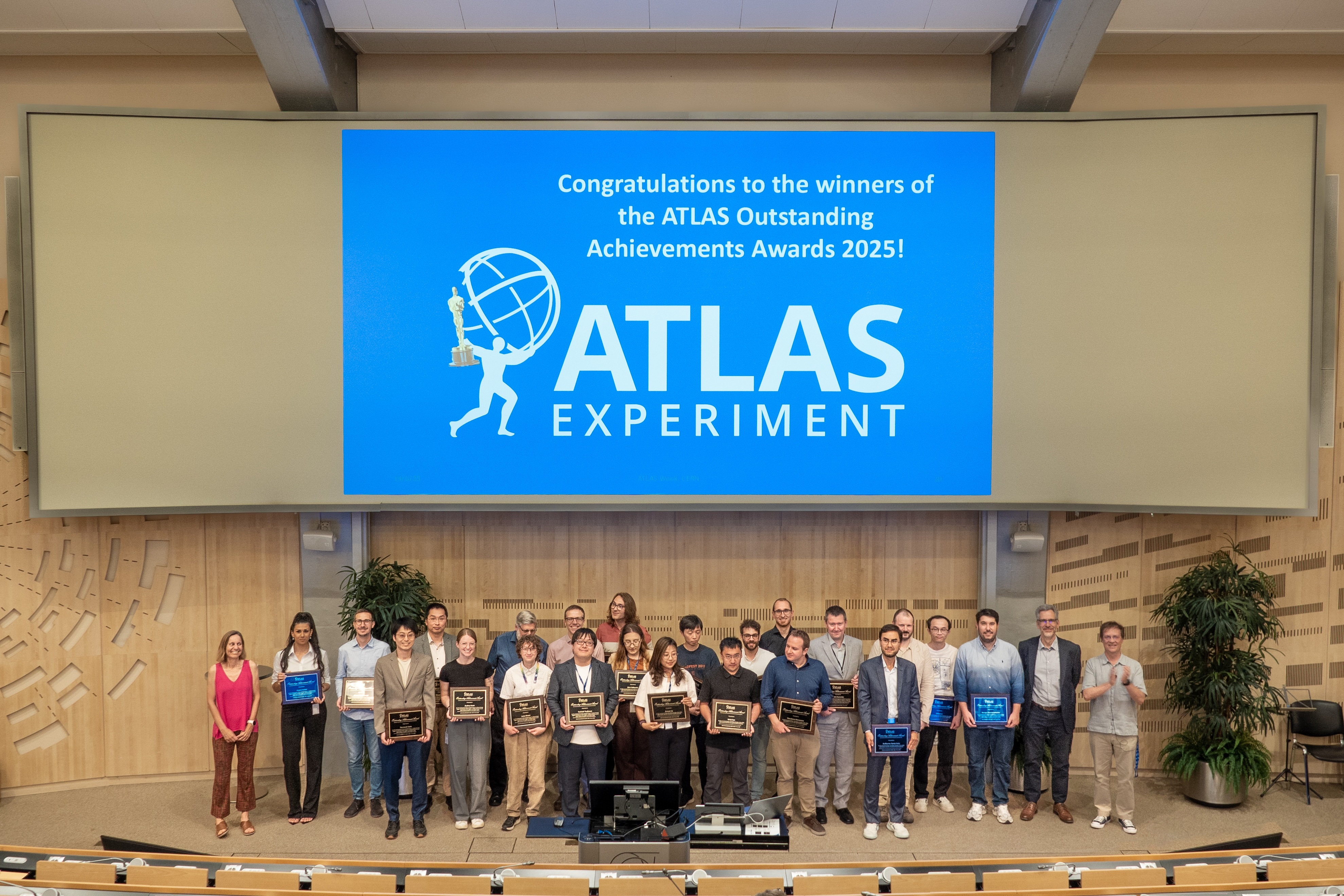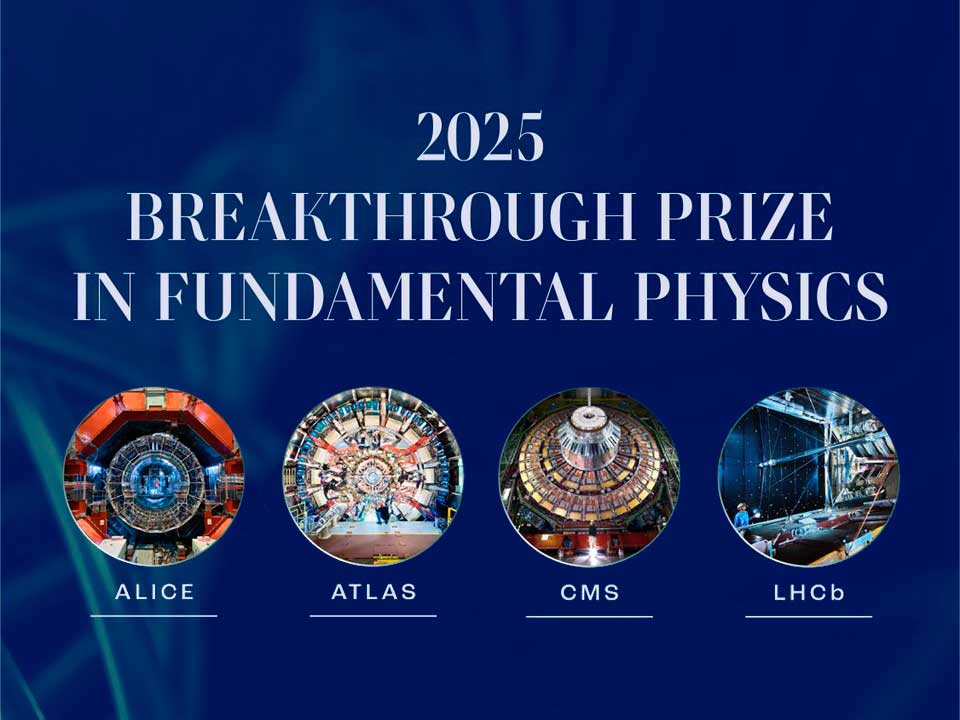In conversation with Zachary Marshall, a leading voice in the search for new physics
5 July 2019 | By

Simulation and supersymmetry, two things that have defined Zachary Marshall’s career. Zach is a researcher with Lawrence Berkeley National Lab. He is currently the co-convener of the ATLAS Supersymmetry group, leading the team searching for supersymmetry and all its various manifestations, building on his previous work as convenor of the ATLAS Simulation group.
Back in 2005, there were two big (though certainly not equal-sized) new experimental physics facilities whose start-up was on the horizon: IceCube and the LHC. I was completing my undergraduate studies at Berkeley at the time, and found that the most interesting people I knew were high-energy physicists. As one of my former supervisors was joining the CMS collaboration, picking LHC research for my PhD seemed like the obvious choice.
I joined the ATLAS collaboration and, in 2007, moved to CERN for what I thought would be 18 months. After all, the LHC would be starting soon, I would get my hands on some data, then head home and write up my thesis. But when the 2008 “incident” occurred, a lot of us PhD students found ourselves with a real dilemma. ATLAS wouldn’t collect any collision data until 2009, which we needed in order to graduate. I was ready to book a flight home to work on an experiment at Jefferson Lab, before my supervisor, Emlyn Hughes (now with Columbia University), convinced me to stay. We had a really useful discussion, where we went through and re-examined the situation to see how I could graduate working on ATLAS. We picked modelling jet shapes, which is one of the earliest things that you can do with data. That decision made a massive difference in my life as, ten years later, I am still working here at ATLAS.
I began my career in ATLAS working on detector simulations, which I loved doing. I worked on improving our computing performance – in other words, getting every drop of physics possible out of the CPU. For example, at one point, we were spending 5% of our performance time simulating neutrinos. Why would we do that? We can’t see them – so why simulate them at all? Finding issues like these that can be cut is essential to improving the physics performance of ATLAS.
A lot of people, when they look at code performance, focus on which specific lines of code are taking up more time. In simulation, that is helpful, but it is not the whole story. The same line of code could be applied to an electron or it could be applied to a supersymmetric particle – and it matters much more in one case to get the simulation correct. So, you have to have a few different dimensions in view, and take them all into account when looking at and improving the code.
While I think supersymmetry is a beautiful theory, there’s a saying that “you don’t get a vote in Nature”. I hope we find exactly as much supersymmetry as exists in Nature – no more, no less.
Working in simulation gave me a good understanding of the entire detector, and therefore a unique perspective on analysis once I moved over to the ATLAS Supersymmetry group. But, of course, there were teething problems. Happily, we learn from our mistakes. With my first analysis, I had to overcome some simple barriers like accessing the data and figuring out how the software works. For my second search, the difficulty was with working out what the fit was doing, and controlling the background in various ways.
I later inherited a role in Z+jet search for supersymmetry and found a new challenge learning to manage under intense scrutiny. Before a result is published publicly, analysis groups go through intense scrutiny internal to the collaboration. Colleagues who weren’t involved in the result review your team’s work, and try to think of things that may have gone wrong along the way. The Z+jet search was one that a lot of people paid attention to, because there was a potential 3 sigma deviation from the Standard Model. It was our job to defend it, tooth-and-nail.
Going through one of these reviews feels a lot like a PhD thesis defence. No matter what issue your colleagues highlight, you have to have already considered it in your analysis and be ready to explain its impact in great detail. When you’ve worked on a result for a couple of years, pouring your life into it, this kind of scrutiny can often feel quite critical. As though you’ve screwed up.
Learning not to take this critique as a personal attack can be hard, and it’s one of the first things I try to teach my students. I remind them that no one is out to “get them” – rather, our colleagues are out to get the best possible results for ATLAS. They raise questions and concerns in order to ensure no stone went unturned, and the analysis meets the high standards of the ATLAS collaboration.
Now, as convenor of the Supersymmetry group, I often find myself on the other side of the equation. Making sure that every result is water tight is the most important job of a convenor. When I am tasked with critiquing a result, I try to do so as nicely as I can, as I remember the other side very well.
My convenorship will be ending at the end of the year, and I’m looking forward to getting back to more technical work. I like making things that make people’s lives better and I really love hard technical problems. If somebody comes to me and says “nobody has ever figured out how to do this”, then that is all I will be able to think about for weeks. The more difficult the problem, the more interested I am.
Even simple things like, taking the figures and captions out of a paper automatically. This used to be a nightmare for ATLAS collaborators, as they had to do it manually and it could take hours. I developed a script to help me with this issue, and then shared it. It felt like a lifesaver to people and it developed into the figure processing script we use today throughout the collaboration.
The best advice I can give people trying to solve complex problems is to just... start. Being a good coder requires a certain mindset: you need to see the big problem, then look past it to start attacking the smaller problems inside of it that you know how to solve. And then rely on the fact that, when you get to the next small problem, you’ll know how to solve that too.
The next few years will be particularly busy for the ATLAS collaboration. First, we need to make absolute certain that if there are any new particles within our reach, we find them. Second, we need to consider the legacy we leave the physics community. Many of our measurements will serve the community for several decades, while we prepare for the next collider. Such was the case for LEP, whose direct stau production search we have only just recently managed to surpass. Our job now is to make sure that future colliders – be they the ILC or the FCC – will have to work just as hard to do the same to our results.
ATLAS Portraits is a new series of interviews presenting collaborators whose contributions have helped shape the ATLAS experiment. Look forward to further ATLAS Portraits in the coming months.



